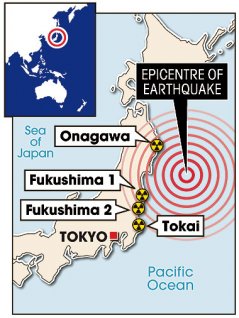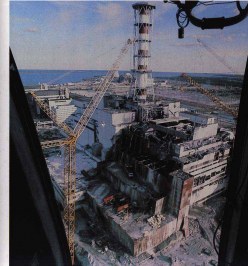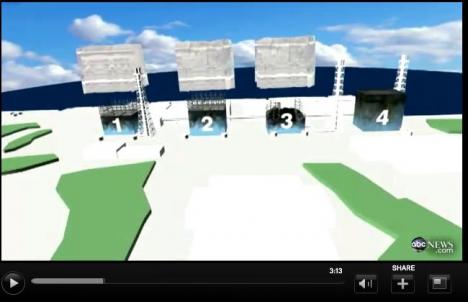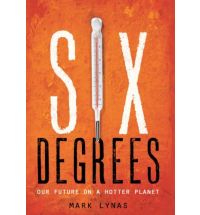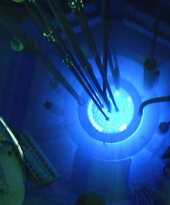Time for a new Open Thread on the Fukushima Daiichi nuclear crisis. Please use this post to put any new comments about the situation (including technical information, situation updates, analysis, questions, reflections, etc.). Note that the Open Threads on BraveNewClimate.com are a general discussion forum; please follow the commenting rules, although the ‘stay on topic’ rule obviously does not apply as strictly here.
For context, below is a brief list of recent events since the previous FD post. (For day-by-day detailed updates, I suggest you follow the ANS Nuclear Cafe news and updates (includes links to official reports like JAIF and TEPCO and news feeds from NHK, NY Times, etc.), see also NEI updates, and other links provided in previous posts.)
1) Fuel melt: Recent analysis suggests that the fuel assemblies in unit 1 were almost completely melted in the days following the March 11 earthquake and tsunami. The ‘corium’ (melted actinide fuel, contained fission products, clad etc.) then dropped to the bottom of the reactor pressure vessel (RPV). It is now suspected that during the initial accident, the fuel rods of Reactor No. 1 could have been fully exposed for up to 17 hours, and the earthquake may have caused some structural damage that led to pipe leakage and other problems, in addition to the severe troubles caused by the extended station blackout following the tsunami (which remains the principal cause of the problems).
The temperature of the RPV is now in the range of 100℃ – 120℃, and so the core (or what remains of it) and RPV are stably cooled. That is, this new information is part of a post mortem analysis of events and timeline of the accident, rather than a trigger for a new urgent crisis.
Despite this, this announcement inevitably led to a whole new wave of speculation (and hype), including rumours alleging “1) “melt down in unit 1 has burned a hole through the bottom of the containment vessel” and 2) “that there was a detonation of the fuel rods & pieces of fuel rods were found two miles from the reactors”.
What is the reality? A close nuclear engineer friend of mine says the following:
There is no evidence that the molten fuel has melted through the bottom of the reactor pressure vessel. The latest TEPCO analyses suggest the molten fuel is submerged in water at the bottom of the pressure vessel. Some TEPCO reports mention about “holes” in the containment vessel. What they mean by “holes” is that the seals on pipe penetrations, etc. may not be leak-tight, and hence steam and/or water leaks out of the vessel.
The second claim is absolutely not true. The site is highly contaminated. The radiation mapping of the site, which has taken more than a dozen surveys (because you can do just a few at a time) indicates the contamination is concentrated in the rubble. The steam vented to the reactor building would have carried along volatilized I and Cs, some of which were condensed onto the walls and surfaces, which then blew up in hydrogen explosion.
Filed under: Emissions, Nuclear | 289 Comments »






.png)




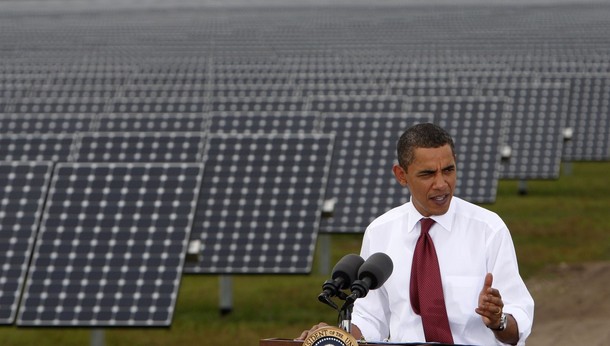



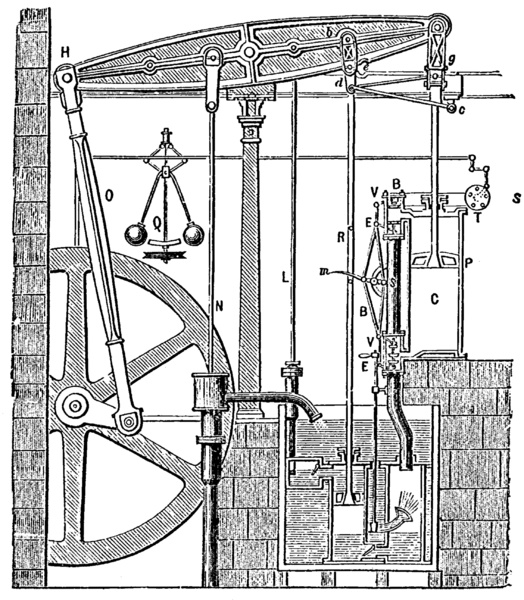
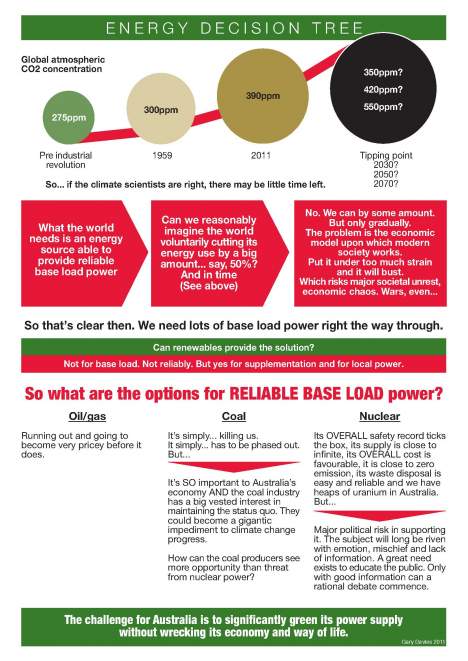


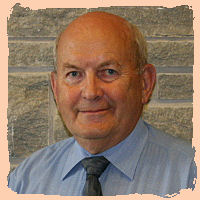

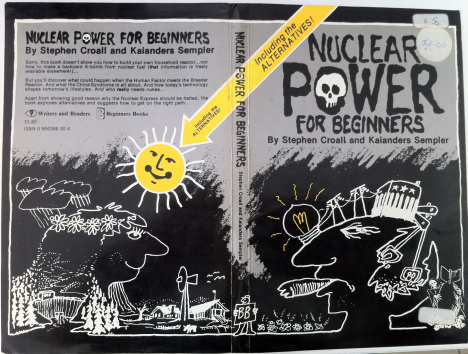
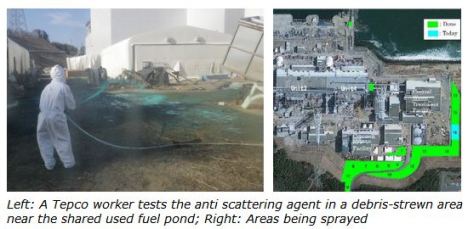
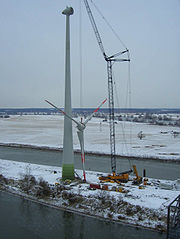
 March Hare (to Alice): Have some wine.
March Hare (to Alice): Have some wine.

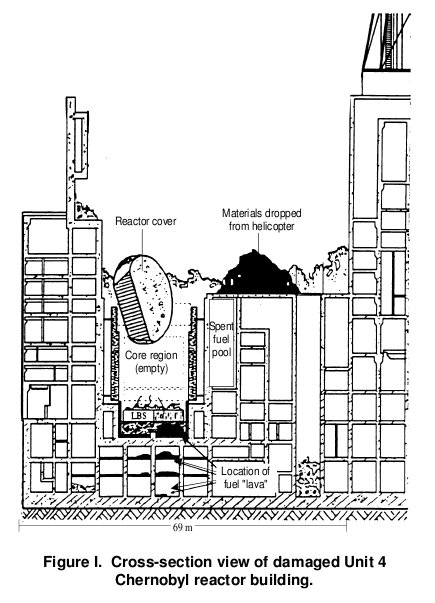
 The Open Thread is a general discussion forum, where you can talk about whatever you like — there is nothing ‘off topic’ here — within reason (see Note below). So get up on your soap box! The standard
The Open Thread is a general discussion forum, where you can talk about whatever you like — there is nothing ‘off topic’ here — within reason (see Note below). So get up on your soap box! The standard 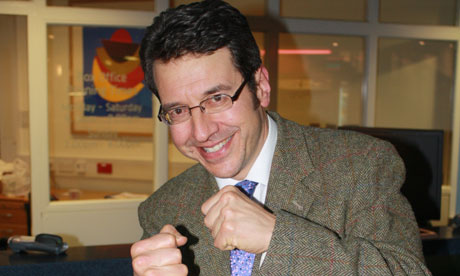
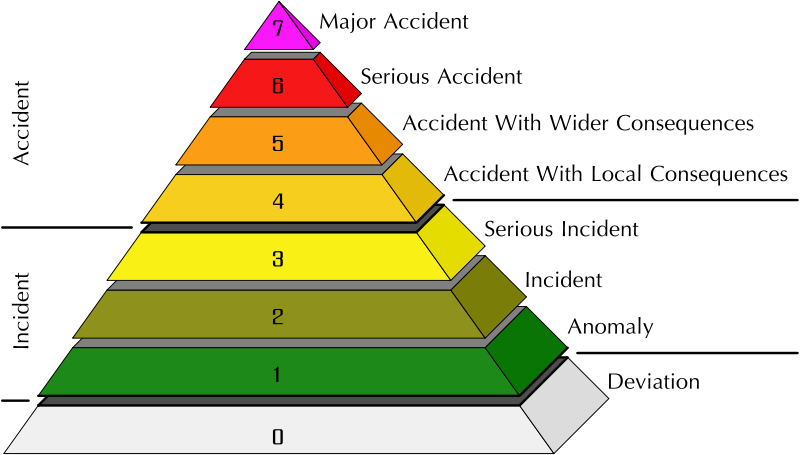
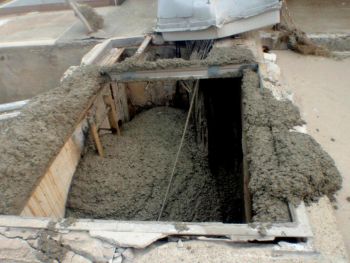
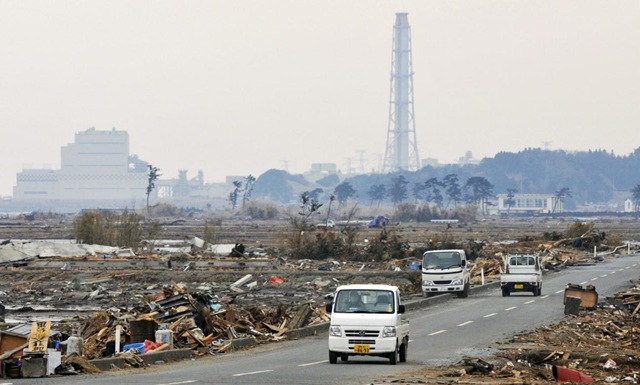
 Below is the second piece published on BNC on the lessons learned from the Fukushima Daiichi nuclear crisis. For an earlier perspective, see:
Below is the second piece published on BNC on the lessons learned from the Fukushima Daiichi nuclear crisis. For an earlier perspective, see: 